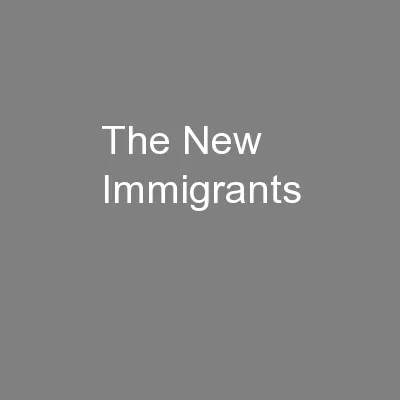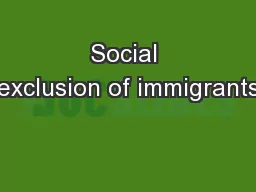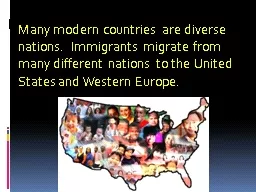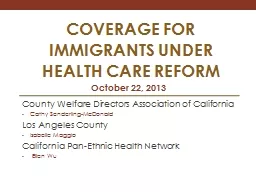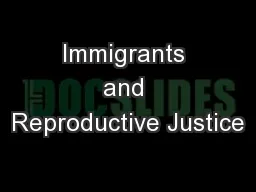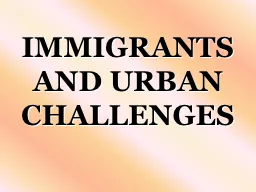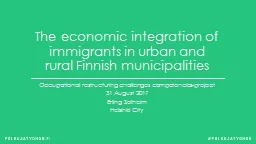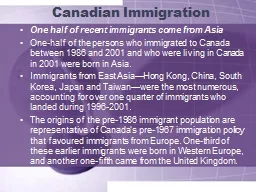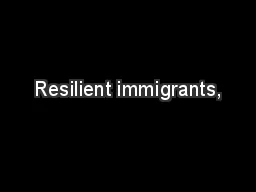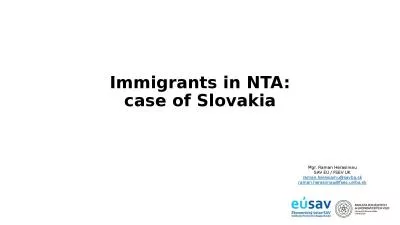PPT-The New Immigrants
Author : tatiana-dople | Published Date : 2016-08-03
Europeans 18701920 20000000 Europeans came to America Came to New York Reasons for coming to America Famine Land Shortages Religious and Political persecution Birds
Presentation Embed Code
Download Presentation
Download Presentation The PPT/PDF document "The New Immigrants" is the property of its rightful owner. Permission is granted to download and print the materials on this website for personal, non-commercial use only, and to display it on your personal computer provided you do not modify the materials and that you retain all copyright notices contained in the materials. By downloading content from our website, you accept the terms of this agreement.
The New Immigrants: Transcript
Download Rules Of Document
"The New Immigrants"The content belongs to its owner. You may download and print it for personal use, without modification, and keep all copyright notices. By downloading, you agree to these terms.
Related Documents

